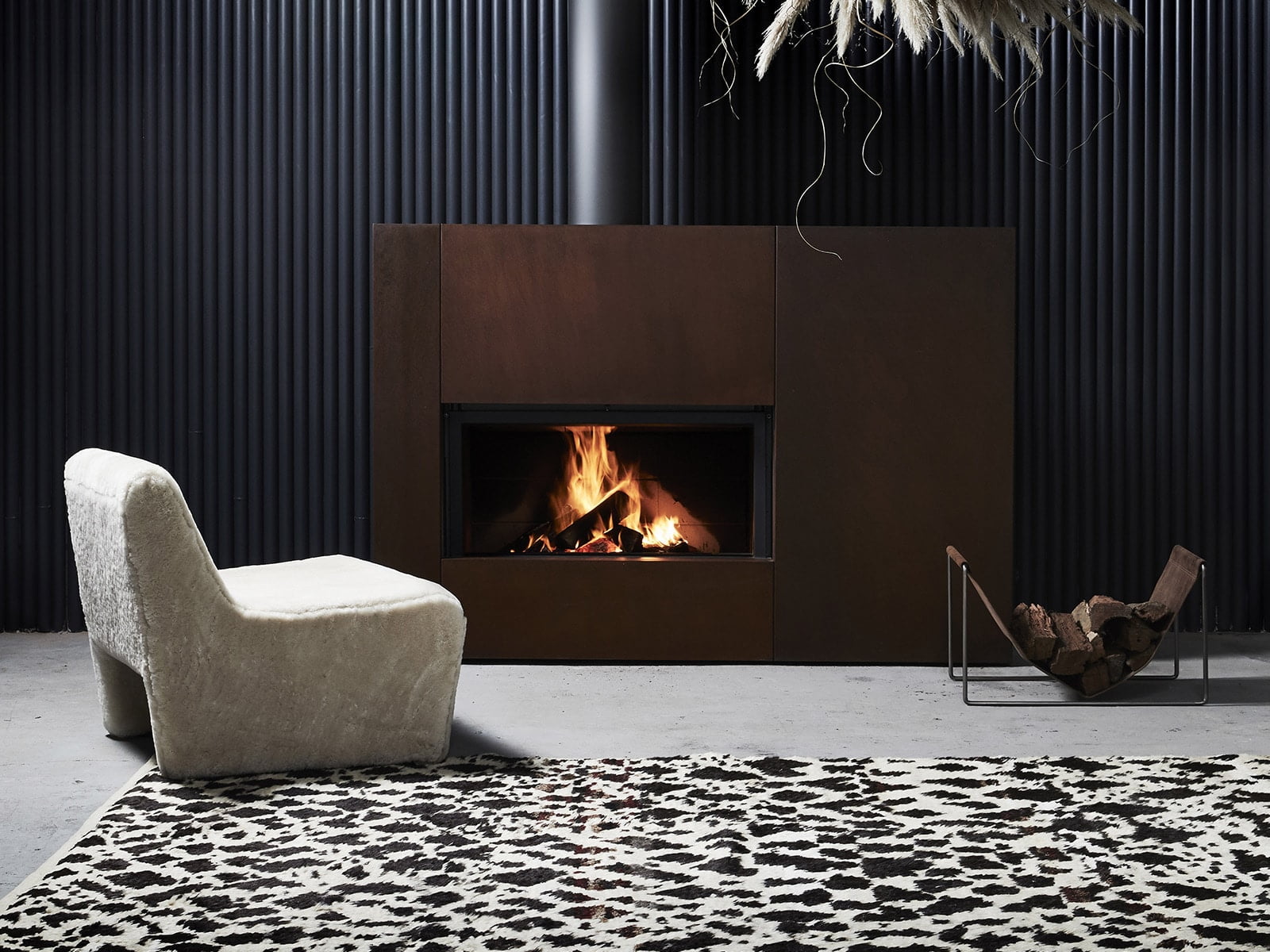

Wood heating


what do BTUs represent and why do manufacturers provide this information to compare wood stoves and fireplaces?
Simply put, BTUs are a unit of measurement used to identify the amount of heat released per hour from a heating appliance. This data can be very useful when buying an electric or gas fireplace since these appliances offer an instantly adjustable and controlled performance. In fact, on these types of appliances exists a small button that allows for the increase or reduction of the desired heat.
It is quite different for a wood fire, which has a natural combustion cycle whose performance can be influenced by various factors. The size and quantity of logs used, the density and humidity of the wood, the numbers of refills, and even the outside temperature will have a direct impact on the duration of the cycle and amount of heat released from a wood-burning unit.

So then how do manufacturers determine the BTUs of a wood-burning appliance? Different methods exist to try to quantify the amount of heat released from a wood stove, which are as such:
Maximum power
Maximum power is the most commonly provided data. Determined by the manufacturer, it is based on the maximum volume of wood that a unit can contain and the speed of combustion per hour. As it only represents a short sequence of the combustion cycle and it does not consider external factors, maximum power is not ideal to evaluate the heating capacity of an appliance. These conditions are impossible to maintain in standard use and so the data acquired could just as well be called marketing power.
EPA power
This power rating is obtained during laboratory tests to reach EPA standards, which requires a fine particle emission rate of less than to 2g per hour. EPA power is the average heat released from the test with the lowest fine particle emission rate. As it is the result of a single combustion cycle, this test does not reflect standard use. This data is the most reliable for comparing different models since results are acquired from the same testing procedure established for all manufacturers.
Please note some models are not regulated by EPA standards. These units cannot have an EPA power rating as they are not subject to the testing procedure required by this certification.
Average power
Average power is obtained by the average heat released from several combustion cycles, calculated during numerous laboratory tests. Furthermore, it is inspired by so-called standard use by considering the following factors: the use of an average amount of average size logs with a humidity rate of less than 18%, of a wood species with a high to medium density, and the refill of the unit prior to the end of the cycle. Average power, although less spectacular, is the data that comes closest to daily use.
We appreciate your confidence in our company and our products. It is our pleasure to forward your catalog to you.
Stay connected with us: